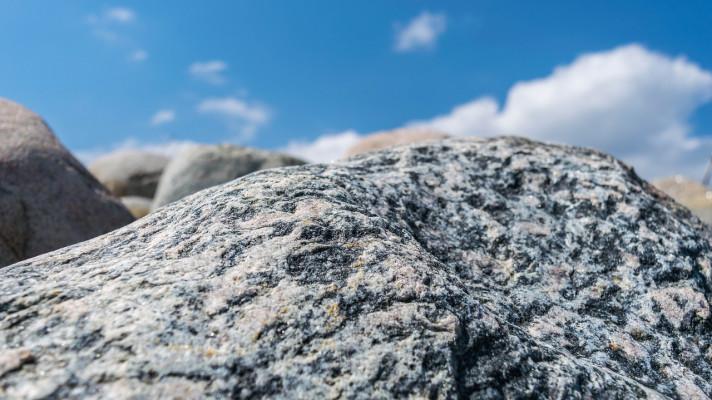Budoucí využití mikroorganismů pro dekontaminaci kyanidů
Future Applications of Micro-organisms for Cyanide Decontamination Organic and inorganic cyanide compounds are found in many areas around the Earth?s surface. These compounds are mainly generated through human activities such as steel manufacturing, polymer synthesis and gold and silver mining. Because of the large volumes of effluents generated by these industrial activities, accidental spillages occasionally occur and are responsible for the contamination of soil and water. One of the most recent and catastrophic accidents caused by cyanide contamination occurred at the end of January 2000, when an accidental cyanide spill into the Tisza River from a gold mine at Baia Mare in Romania caused an unprecedented ecological disaster in Europe. It resulted in severe mortality rates among aquatic organisms and animals living close to the polluted river. In Europe, the major anthropogenic source of cyanides in soil and water is usually the discharge of municipal wastewater by sewage treatment plants, particularly from facilities located in industrial areas. In the EU there are thousands of sites contaminated with cyanide compounds as a result of industrial activity. In a recent review, British researchers summarised the latest findings regarding the biological degradation of cyanide compounds in soil and water reported in several bioremediation field and laboratory studies. Furthermore, they also discuss and analyse the future potential for microbial bioremediation of cyanides in water and soil. Research work is continuing to identify different micro-organisms that have the ability to degrade cyanide compounds in water and soil. Nevertheless, biological degradation and decontamination is problematic in many types of wastewater due to the hostile environmental conditions for micro-organisms (extreme pH or presence of other pollutants). Similarly, contaminated soils present a wide range of physico-chemical conditions that may inhibit microbial activity. Microbial treatment may represent a potentially less expensive and more environmentally-friendly alternative to traditional physical and chemical solutions. Nevertheless, the authors argue that it is necessary to further optimise the use of such biological systems both in wastewater and soil. In particular, it is necessary to develop microbial processes that are effective and robust under extreme environmental conditions. This is critical in order to ensure remediation technologies that are competitive with current chemical and physical remediation solutions for cyanide pollution. In short, the authors provide new insights into the potential of microbial systems to be used for the bioremediation of cyanide compounds in soil and water. They highlight the need for more research in order to achieve effective, non-expensive and low environmental impact solutions that will be accepted by commercial applications. Source: Joanne Baxter and Stephen P. Cummings (2006) Ť The current and future applications of micro-organisms in the bioremediation of cyanide contamination ť, Antonie van Leeuwenhoek, May 2006, Pages 1 - 17, DOI: 10.1007/s10482-006-9057.Contact: stephen.cummings@unn.ac.ukTheme(s): Biotechnology, chemicals
ZDROJ: DG Environment, EU
